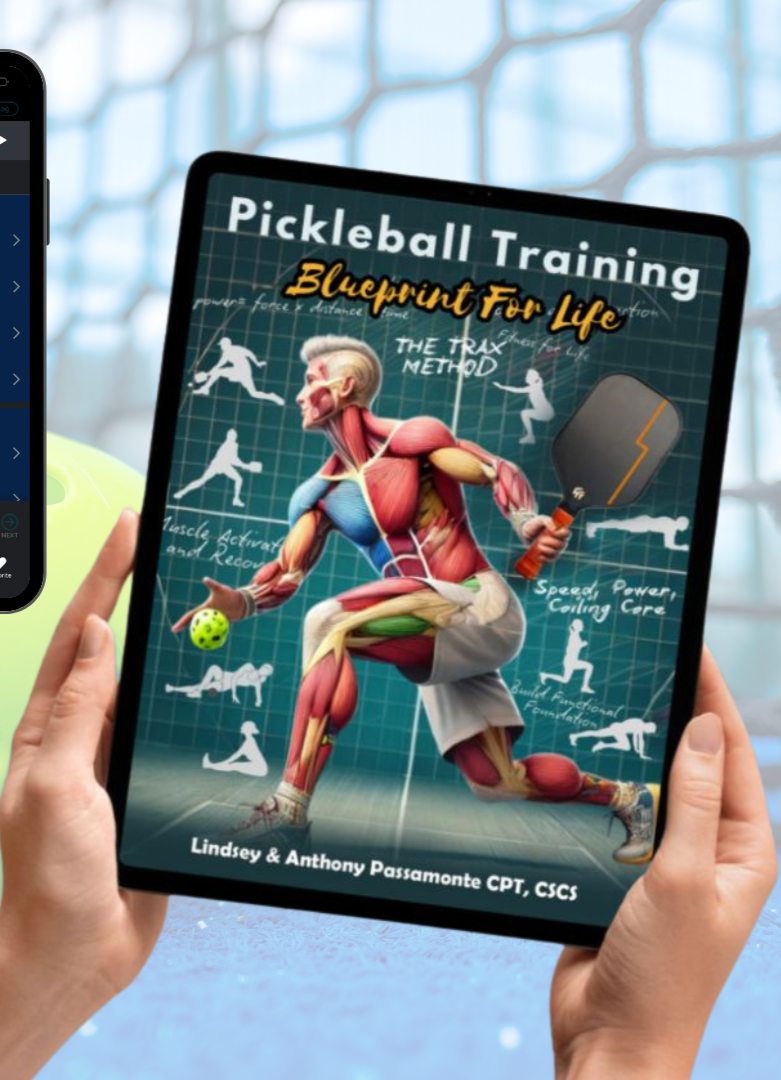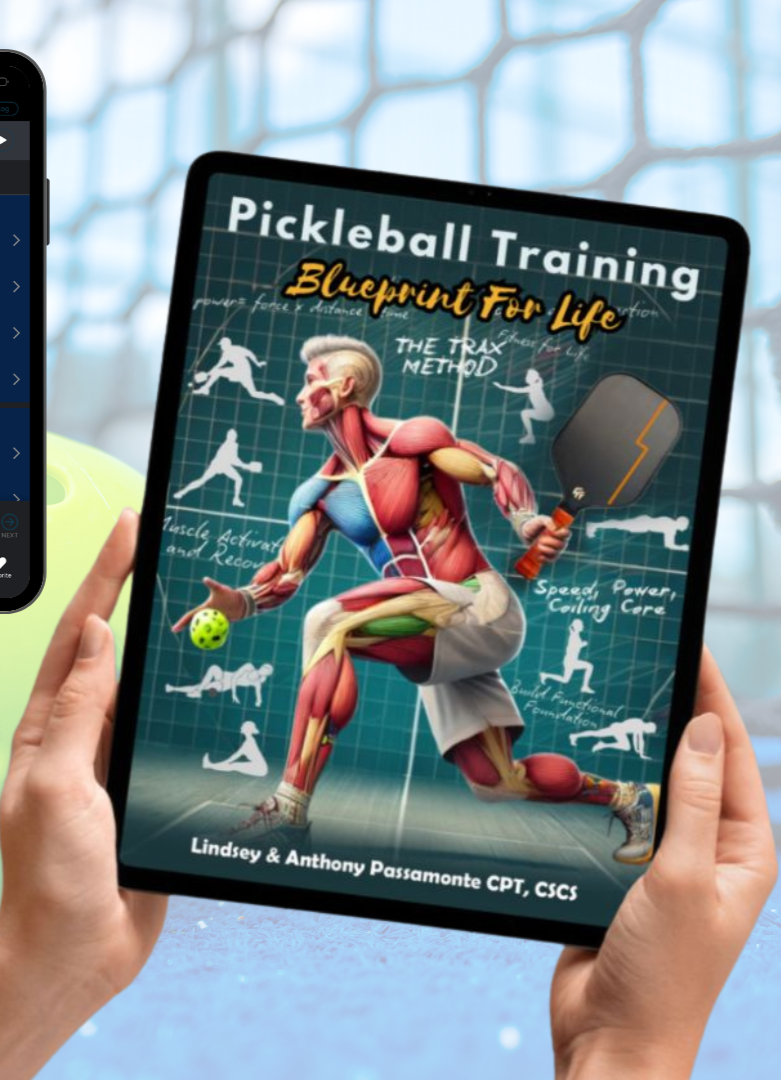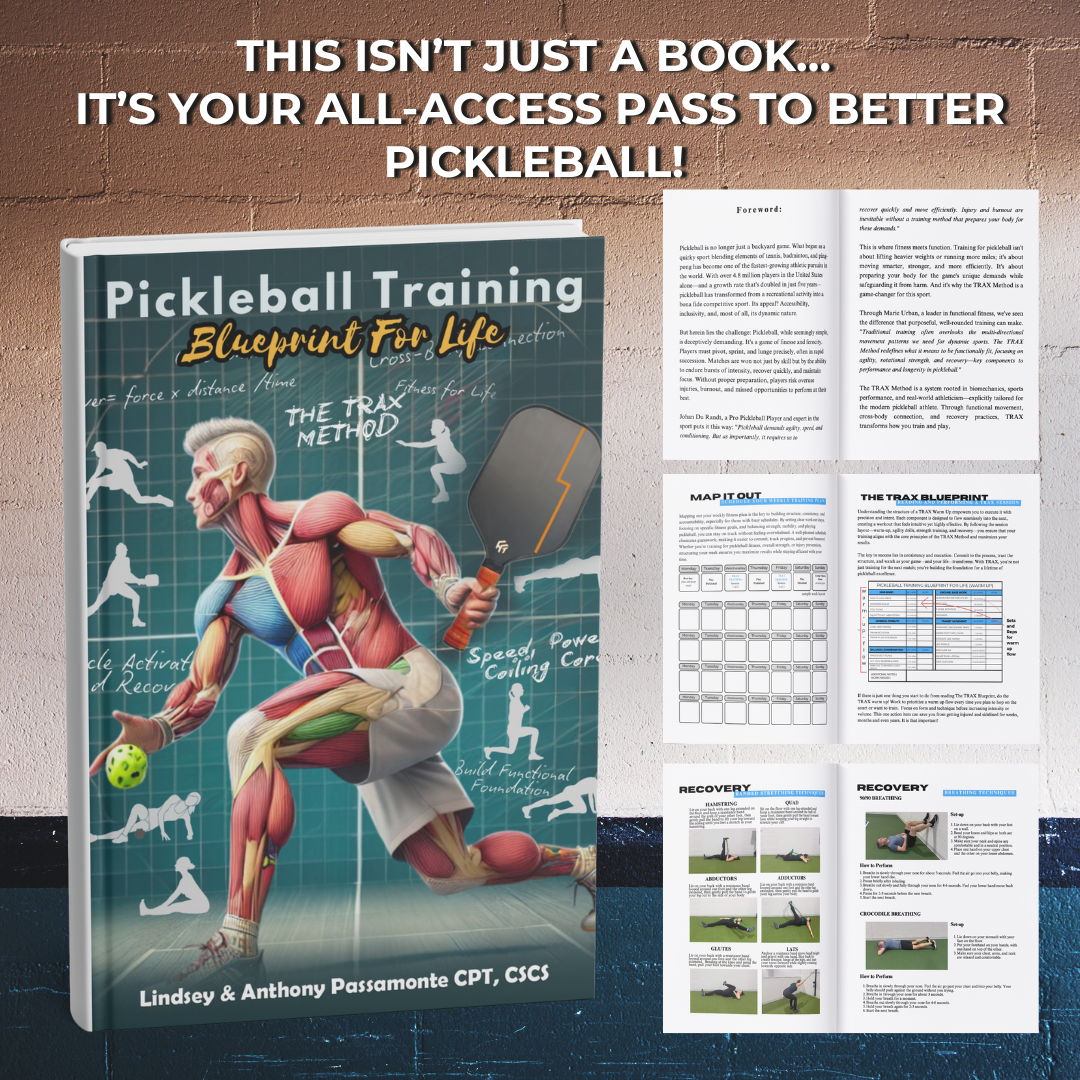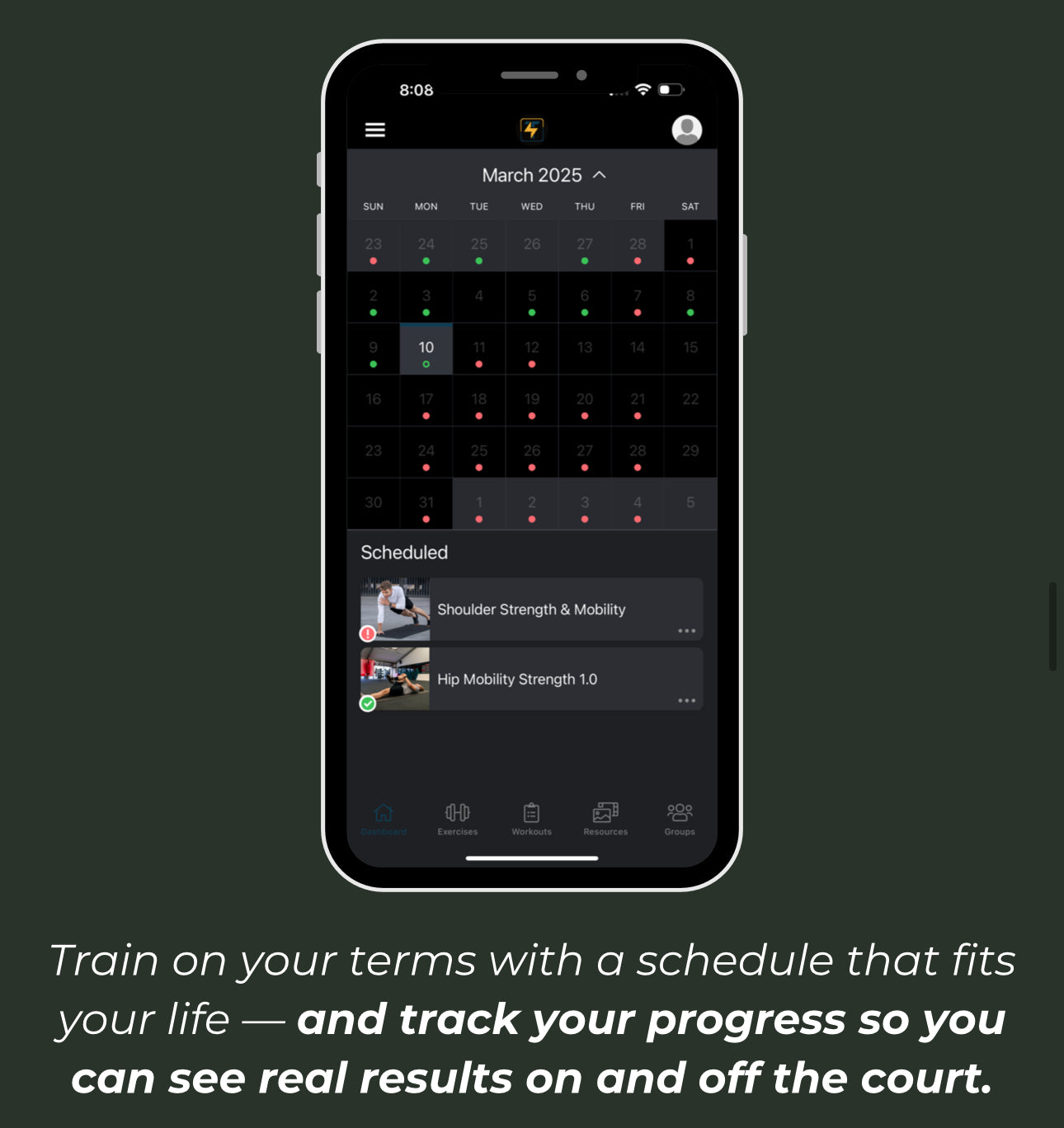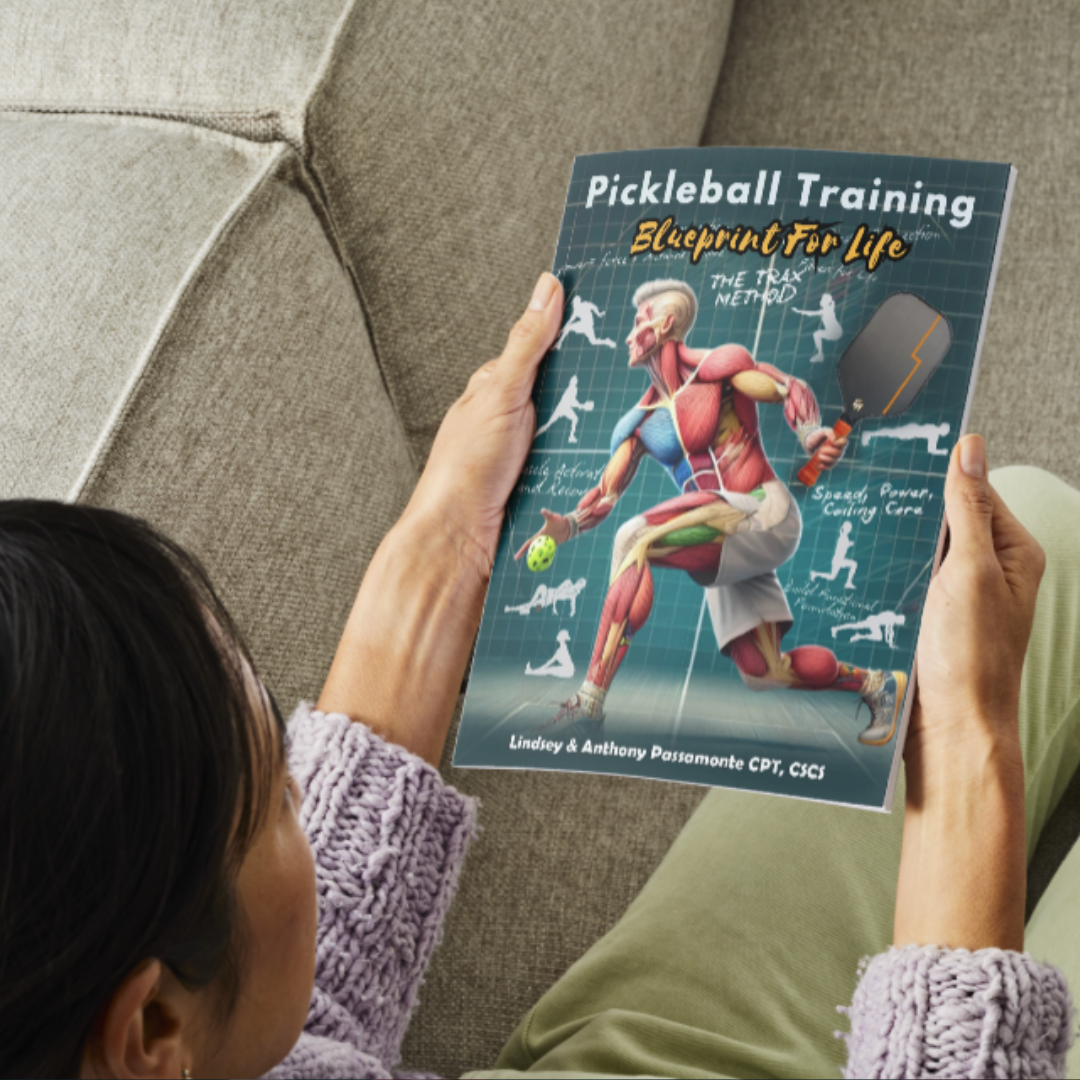If you’ve spent any time in pickleball Facebook groups, you’ve probably seen this post:
“My shoulder is starting to bother me after playing a few days a week. Anyone else deal with this? Any tips?”*
Scroll through the comments, and it’s a whirlwind of well-meaning—but often misleading—advice. Here are some real responses I’ve seen (and cringed at), followed by why they’re not helpful and what the real solution should be:
1. “Just switch to your non-dominant hand for a while.”
Why this is not a good solution:
This is like saying, “Ignore the fire in your kitchen and just cook in the bathroom instead.” You’re not solving the issue—you’re avoiding it and potentially setting up another injury in the other shoulder. Switching hands without addressing the root cause means you’re still carrying poor movement patterns and muscle imbalances into the new side.
2. “You’re getting older—just play less. That’s life.”
Why this is an excuse:
Yes, age comes with changes—but it’s not a diagnosis for decline. It’s a wake-up call to train smarter. Telling someone to play less because they’re “old” is a passive, defeatist mindset. Aging isn’t the problem—lack of mobility, stability, and recovery habits are. You don’t need to stop moving. You need to **start moving intentionally.**
3. “Loosen your grip or get a new paddle—it might be the equipment.”
Why this isn’t the full picture:
While gear matters, blaming your paddle for shoulder pain is like blaming your shoes for knee pain after sitting for 30 years and suddenly trying to sprint. Loosening your grip may help with vibration, but it doesn’t address the **functional imbalance** or movement deficiency that’s driving the pain in the first place.
What’s Really Going On: Overuse Injuries from Under training:
Let’s call this what it is: an overuse injury. Not because you’re playing too much—but because you’re not doing enough outside of playing to support the demands of your game.
Shoulder pain in pickleball isn’t just from swinging. It’s from the accumulation of:
👉No proper warm-up
👉 Poor scapular (shoulder blade) control
👉 Weak core and trunk stability
👉 Limited mobility and range of motion
👉 Muscle imbalances from repetitive movement patterns
Scapular Stability: The Missing Link
The shoulder joint (the glenohumeral joint) is highly mobile but **relies heavily on the scapula** for stability. Think of the scapula as the anchor that keeps your arm movements smooth and supported. If your scapula is unstable, your rotator cuff and other shoulder muscles are forced to overwork—and that’s where the overuse and inflammation begin.
Training for scapular control includes exercises like:
✅Wall slides
✅ Scapular push-ups
✅ Rows with controlled retraction
✅ Y-T-Ws
These help reinforce the muscles that stabilize your shoulder blade, so your shoulder joint isn’t overloaded during every swing or serve.
Core Connection: More Than Just Abs
When your core isn’t connected, your arm ends up doing the work that your trunk and hips should be helping with. That means *more strain on the shoulder*. A connected core helps transfer power from the ground up—so your swing comes from your whole body, not just your arm.
Add core stability exercises like:
✅ Dead bugs
✅ Bird dogs
✅ Pallof presses
✅ Plank Shoulder Taps
Why Are We Avoiding the Real Solution?
Because the real solution takes effort—and the internet loves a quick fix. But here’s the truth:
Stretching won’t fix poor stability. Rest won’t fix weak muscles. Equipment won’t replace training.
As a fitness and pickleball training professional, I have to say it plainly: we are dropping the ball as an industry if we don’t start educating recreational athletes on how to care for their bodies with supportive training.
Pickleball is exploding in popularity. It’s time our approach to injury prevention and performance evolves with it.
Your Shoulder Pain Isn’t a Mystery—It’s a Message
It’s your body saying, “I’m not ready for this level of demand without some support.” So instead of just playing through it or switching paddles, **train smarter**.
✅ Add in 10–15 minutes of warm-up, mobility, strength, and recovery every week.
✅ Focus on shoulder health, scapular control, and core integration.
✅ Take your fitness off the court seriously—so you can stay on the court longer.
Want help getting started?
The Pickleball Fit for Life App gives you short, effective routines that target these exact problems—so you can train smarter, move better, and play without pain.
👉 Join today and start supporting your game with training that works.




